The Cold War days of nuclear-armed big bombers patrolling on a hair trigger are (hopefully) long behind us, but long-range strike capability remains an air power priority. With Russia restarting the Tupolev Tu-160 and Boeing upgrading B-1Bs, here’s our survey of the world’s biggest long-range bomber fleets, based on data drawn from Flightglobal’s MiliCAS database.
1: Harbin H-6; 150 in service
China’s air force has a fleet of around 120 aged H-6 bombers in use, while its navy is also believed to have approximately 30 in its inventory.

Harbin H-6
Rex Features
2: Boeing B-52; 78
Famed for its memorable role in Dr Strangelove, the B-52 remains a key frontline type for the US Air Force, which still uses the H-model version. The type has been in USAF service since 1955, featuring heavily in Vietnam and even the US space programme – as the air-launch platform for X-15 rocketplanes.
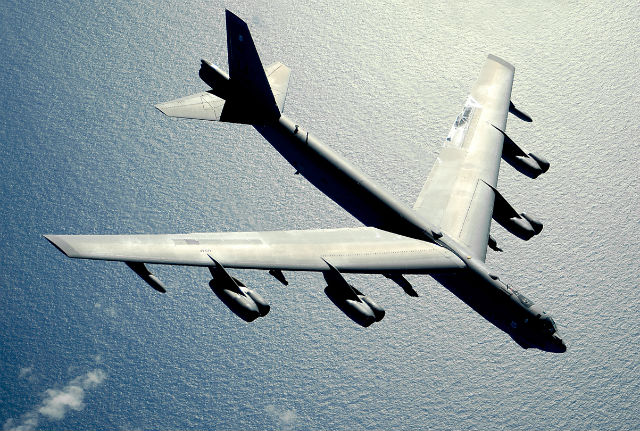
B-52
US Air Force
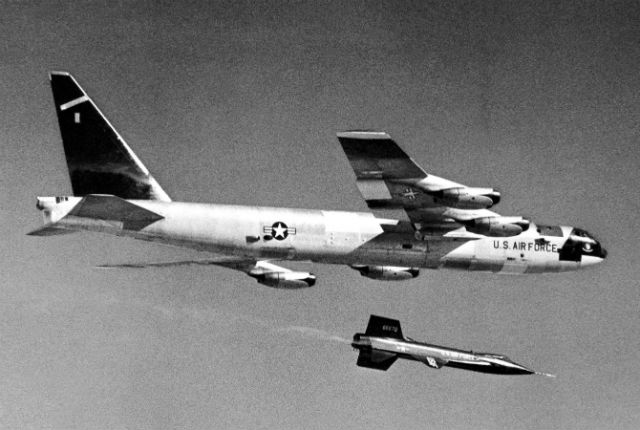
X-15 away
Rex Features
3: Tupolev Tu-22M; 70
Nicknamed the “Backfire” by NATO, the swing-wing Tu-22M forms part of the Russian air force’s strategic bomber force.

Russian air force Tu-22M "Backfires"
AirTeamImages
4: Boeing B-1B; 62
The type will mark its 30th anniversary of service with the USAF later this year. Conceived in the 1960s as a Mach 2 replacement for the B-52, the Rockwell (later Boeing) B-1B Lancer was ultimately developed as a long-range, low-level penetrator capable of M1.25 at high altitude. Boeing is undertaking an upgrade programme to install an all-digital cockpit and connect the bombers to a global communications network.
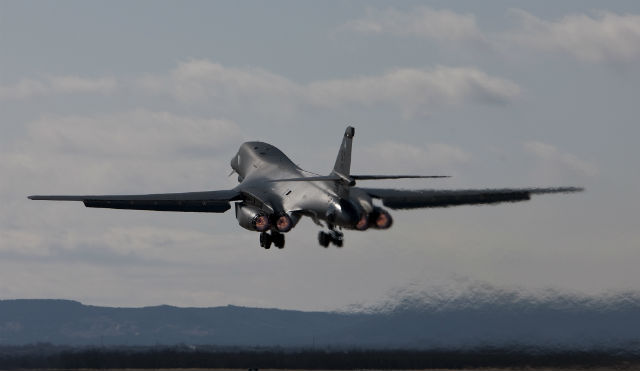
B-1B Lancer
Boeing
5: Tupolev Tu-95; 43
More commonly referred to by its NATO reporting name, the “Bear” is a regular sighting for quick reaction alert pilots with numerous alliance air forces. Additional examples of the propjet-powered type are being upgraded to extend their service lives until the availability of Moscow’s replacement PAK-DA strategic bomber.
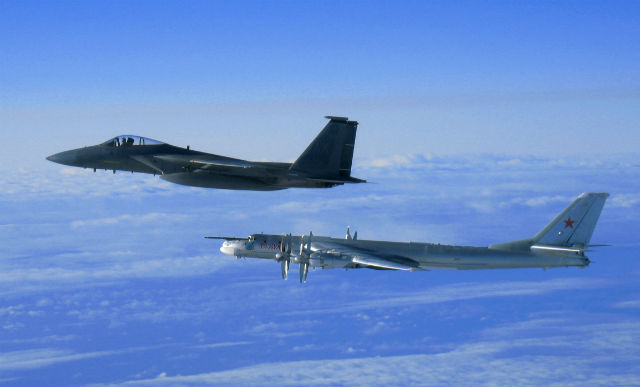
Hello, Alaska!
US Air Force
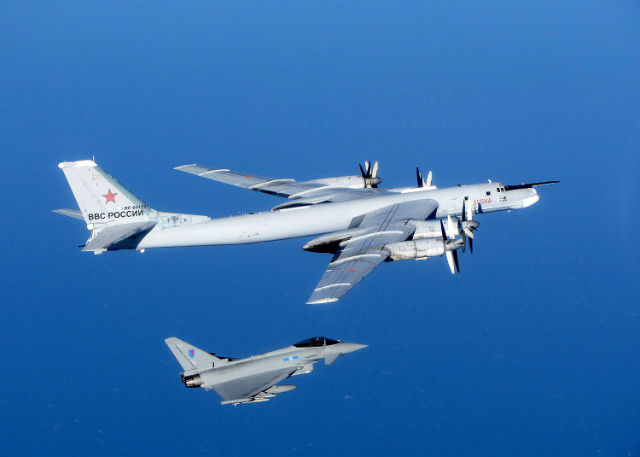
Hello, Scotland!
Crown Copyright
6: Northrop Grumman B-2; 20
The B-2 Stealth bomber is the most expensive aircraft ever produced, with a unit cost in excess of $1 billion. That cost ensured plenty of controversy in Washington, even among the Joint Chiefs of Staff, especially as it did not enter service until 1997 – long after the demise of the Soviet Union it was meant to attack. Although B-2s saw (non-nuclear) service in Kosovo, Iraq and Afghanistan, the type’s highlight was probably a 2008 crash after take-off from Andersen AFB in Guam; the aircraft was destroyed but the two-man crew survived to tell the tale of what was probably the most expensive crash in the history of aviation.
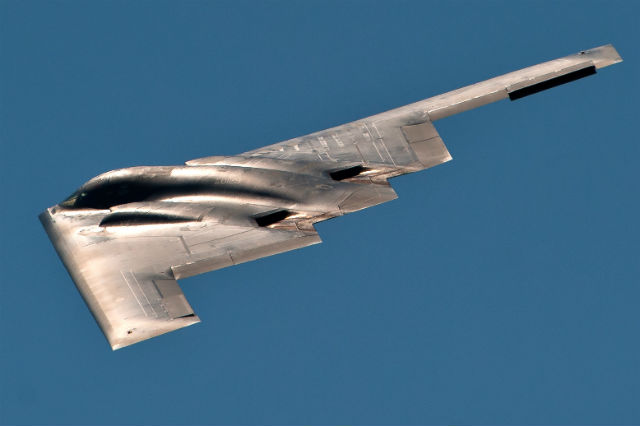
B-2, in working order
US Air Force
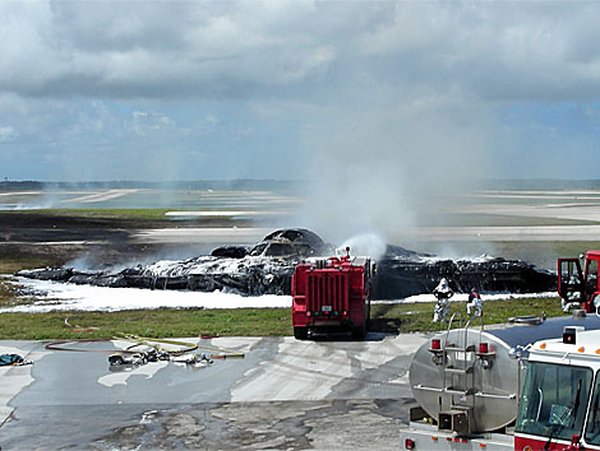
B-2, not in such good shape
Federal Aviation Administration
7: Tupolev Tu-160; 13
Moscow is to relaunch production of its variable-geometry Tu-160, describing the “Blackjack” as “the best aircraft in its class”. Our data suggests a current active fleet of 13, including a first upgraded Tu-160M, with another 14 in line to be manufactured.
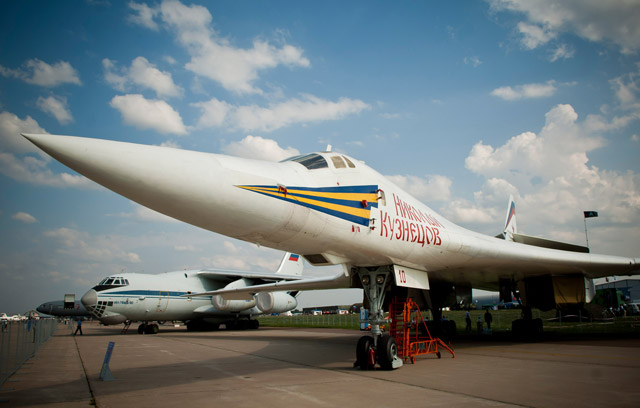
Russian air force Tu-160 "Blackjack"
BillyPix
Source: FlightGlobal.com



















